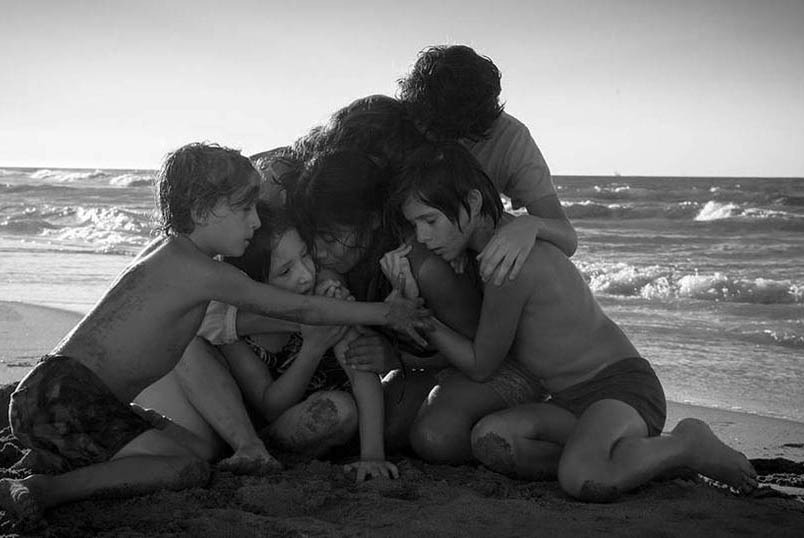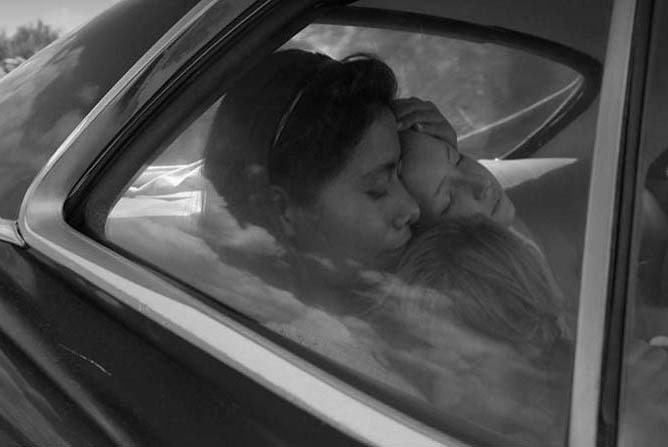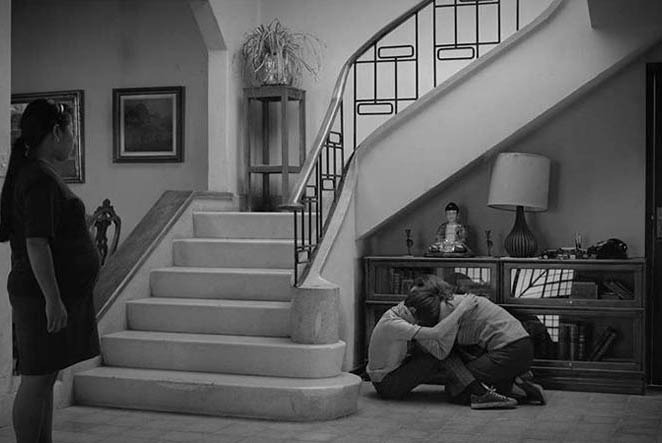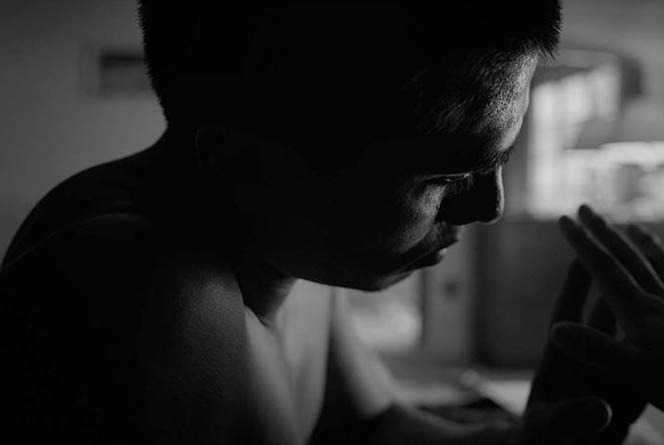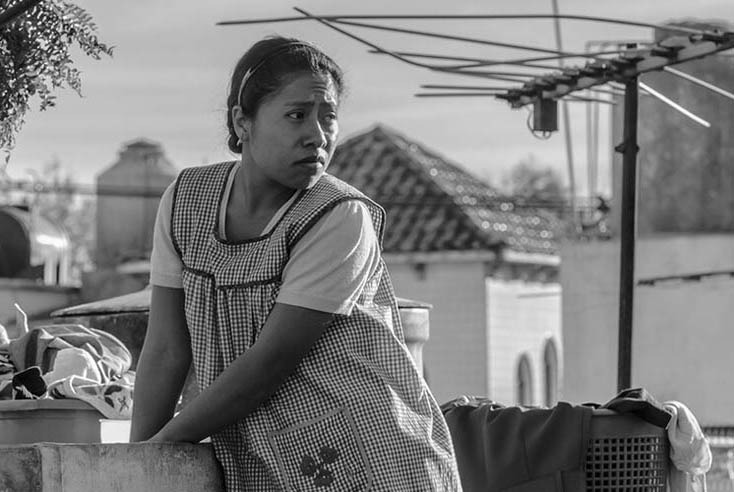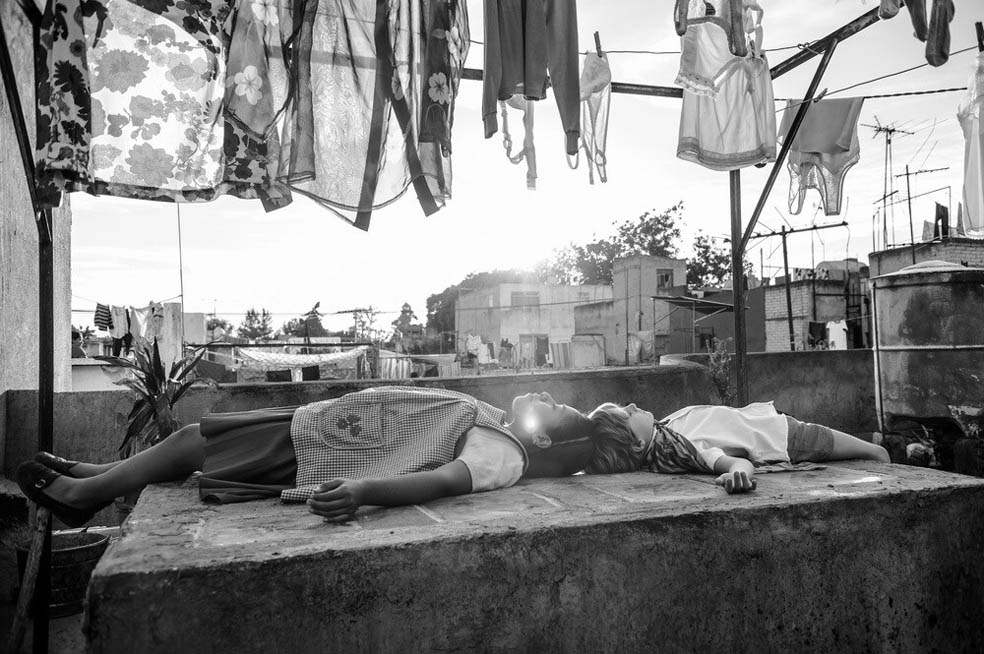Mexican Waves
Last year’s Oscars were won in several categories by a Mexican film director, Guillermo del Toro, for his phantasy The Shape of Water, and this year the Oscar for the best Foreign Language Film went also to a Mexican director, Alfonso Cuarón, for his film entitled Roma. Coming as a continuation of the earlier international acclaim of Alejandro González Iñárritu’s works, these awards prove an upsurge of the contemporary Mexican new wave cinema. The members of this Mexican triumvirate (Cuarón, del Toro, Iñárritu) can indeed be connected as exponents of a new cinema movement not only because they come from the same generation (born in the early 1960s), but also on account of their personal relationship and friendship. They take part regularly in each other’s works too, Cuarón was, for instance, one of the producers of del Toro’s Pan’s Labyrinth (El laberinto del fauno, 2006). It is symbolic that all three directors were nominated for Oscar in 2007; Iñárritu’s transnational film Babel (2006) won the American Motion Picture Academy’s award, just like Guillermo del Toro’s Pan’s Labyrinth. Cuarón’s post-apocalyptical dystopia from 2006, Children of Men, only got as far as nomination, but the subsequent pouring awards for his 2013 science-fiction Gravity highly compensated for that loss. This new Mexican wave in the art of film is apparent also in the three directors’ similar strategies, who tailor their films in several respects after the requirements of popular American genres.
Alfonso Cuarón’s film Roma, which won the first Oscar for Mexico itself (as all the other films won their Oscars in various other categories) is radically different from the director’s entire life work – while it’s not exactly the odd one out among his other films. Cuarón’s earlier films, like the Y Tu Mamá También, 2001 (a transcript of Romeo and Juliette), the Harry Potter and the Prisoner of Azkaban, 2004, the Gravity, the Desierto (2015) on Mexican migration, followed the taste of the Hollywood mass film audience, using special effects, a dynamic plot, and melodramatic screenplay accordingly.
In contrast, the Roma is unexpected in several respects in the line of Cuarón’s films. The director makes references to his earlier films; for instance the characters in the film are watching his film Gravity, and the seaside restaurant scene is reminiscent of the Y Tu Mamá También. Although the Roma tackles an utterly Mexican topic, instead of the contemporary Mexican directors’ usual attraction for fantasy and thrillers, it is remarkably “realistic”, lacking special effects, an exciting and complicated narrative, and focusing on contemplation rather than action. It seems as if Cuarón consciously wanted to create something of an antithesis of the Mexican new wave and his own previous films, exchanging the genres built on spectacle for a more earth- and human-bound approach. Another difference between the Roma and his other films is that instead of professional actors he used less-known names for the protagonists’ roles (Mexican actresses Yalitza Aparicio and Marina de Tavira play the roles of Cleo, the servant girl, and Sofía, the rich mother, respectively). The rest of the roles are mainly played by amateurs, not actors. In consequence, although Alfonso Cuarón has long been known as a professional director, one can say that Roma is actually his first auteur film, which he supervised all along as screenwriter, director, editor and producer in one person.
The slowly unfolding plot of the black-and-white film is so common that it could hardly be any simpler than it is. The film traces the intersecting story of a well-off family of Mexico City and the family’s servant girl. The axis of the film however is not the striking social differences between the rich and the poor, but the demolition of these differences. The story of the upper-class family of doctors starts on an idyllic tone; while the father, Doctor Antonio is often absent, the mother, Sofía, looks after their children, Sofi, Pepe, Paco and Toño in perfect harmony, with the help of their Indian servant girl, Cleo. However, Antonio, the head of the family, leaves them, and soon the children will also find out that he is not away on a business trip to Quebec, but he has found himself a new lover. Meanwhile, the servant girl, Cleo unexpectedly discovers that she is pregnant from his boyfriend, Fermín, interested in the martial arts, who rejects both her and their child-to-be-born. It is this common fate that holds together the story of the rich mother and the poor servant girl, and so this film, in contrast with the usual recipes, does not picture how relationships are poisoned by men who leave their women. On the contrary, the solidarity and friendship between Cleo and Sofía, despite the huge difference in their social position, is the result of their similar experiences and loneliness, and it becomes even stronger as the servant girl saves the bathing children from drowning in the sea. Despite this latter narrative element, the film has no spectacular turns, it takes back all the dramatic elements, the children do not get drowned to fulfil the viewer’s need for melodrama. Cuarón’s film is an undramatic drama, which dissolves any emerging grand tragedy by its episodes which focus on the humanity between social classes. This is intensified by the panning camera which induces a contemplative viewing, a movement that often follows an entire circle: it reviews the whole space, but the frames often leave the meanings unclear.
ROMA is Cuarón’s most personal film so far, the work intertwined by autobiographical details portrays the director’s childhood.
The balance between one’s personal involvement in a subject and the social significance of that subject is of course an age-old problem, and Cuarón, despite his Oscar, wasn’t entirely able to fully reconcile these two agendas. For a start, here’s the enigma of the title. Its reference is unclear and remains so even after watching all the 135 minutes of the film. A European viewer will definitely think either of an ethnic group or of a capital city. However, neither the Roma people, nor the capital of Italy play any role in the film. Another option could be some sort of ironically “amputated” form of the word “romantic”, hinting at the destruction of the well-off family in the film, or the break-up between Cleo and her lover, but this isn’t the case either. Yet another version could be a reference to Federico Fellini’s film also entitled Roma (1972), which was also based on autobiographic details. While it may happen that the director was influenced by this film when titling his own, Roma is in fact a district of Mexico City, where Cuarón spent his childhood, and where most of the film’s plot takes place. It is a directorial mistake nevertheless that this info is never apparent in the film, only available from extra-diegetic sources. Not to mention that the official name of this district is Colonia Roma, and the short name, La Roma, is only known to insiders. Strangely, Cuarón unrealistically expects his audience to be familiar with Mexico City’s topography, as a symbolic illustration of the shaking balance between personal involvement and attention to the viewer’s interpretive options.
The shaking balance is valid also for how information is transmitted. The undoubtedly poetic images of the film (for which it won an Oscar for best cinemotagraphy) often make the viewer expect them to become some kind of symbol or metaphor later on, but this expectation remains unfulfilled. The opening images repeated at the end of the film, with the reflecting image of an airplane in the water, are relatively easy to decipher: they can signal Cuarón’s personal approach, his moving away from, and later return to Mexico. At the same time, there are several pseudo-metaphors which make the viewer be left with a strong feeling that something’s missing. One such thing is the pavement covered in dog poop in the yard of the family home, Antonio even stepping into it, but the meaning of this element remains just as hidden by the end of the film as it was in the beginning. Similarly, the film repeatedly returns to dogs, from the frequent on-screen appearance of the family’s dog, Borras, to the bizarre stuffed dogs at the hacienda, making the viewer think that it will become meaningful at one point of the plot, but this anticipation will prove wrong again. Another possible symbol which connects Antonio and his wife, Sofia, is the fact that neither of them is a good driver. When they drive through the narrow gate, they both bump into the wall, scratch the car, but this also remains an unfulfilled promise of a metaphor. These are “red herrings” which first lure the viewer, then deceive them. It seems as if Alfonso Cuarón wanted to make a film for himself rather than for the audience, not minding that the references scattered in it were only meaningful and important for him, and much less, or not at all, for the deceived onlooker.
It is a general tendency of Oscar films that they must convey a humanistic message connected also to current political and social issues. The film Roma observes this criterion, as it sends the message of solidarity bridging different social classes and reconciliation between races and cultures, placing it in the context of women left by men and dependent on each other. However – as it is often the case with winning films – the noble idea is not sufficient in itself to make a film work as a work of art, and I’m afraid this is the case with the Roma as well.
Translated by Emese Czintos
Photo: Netflix
Ha tetszik, amit csinálunk, kérünk, szállj be a finanszírozásunkba, akár csak havi pár euróval!

